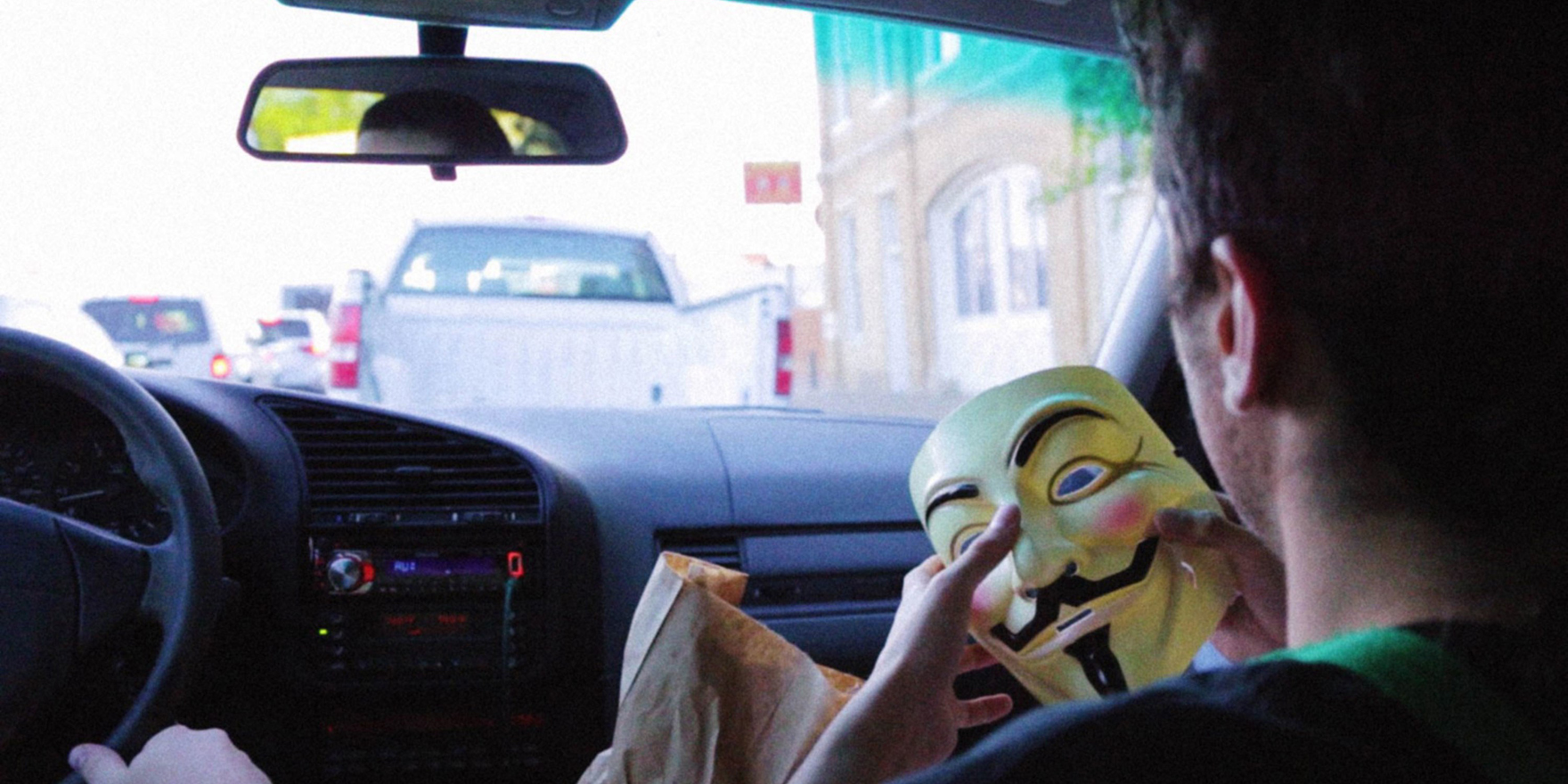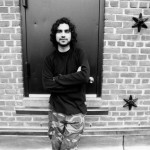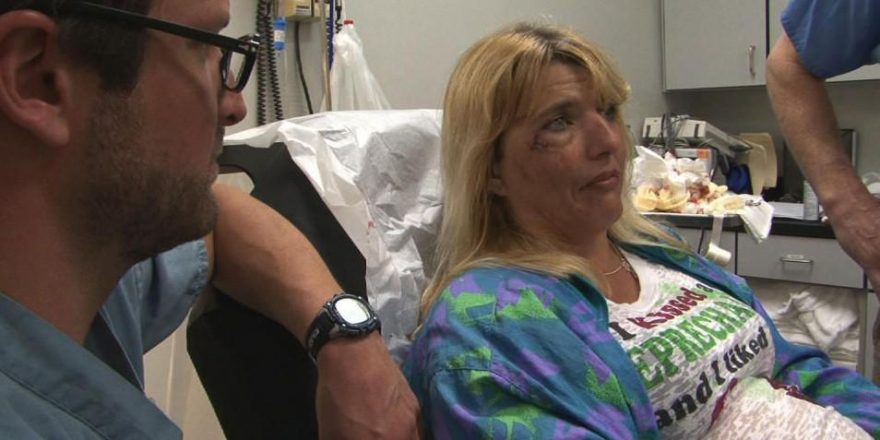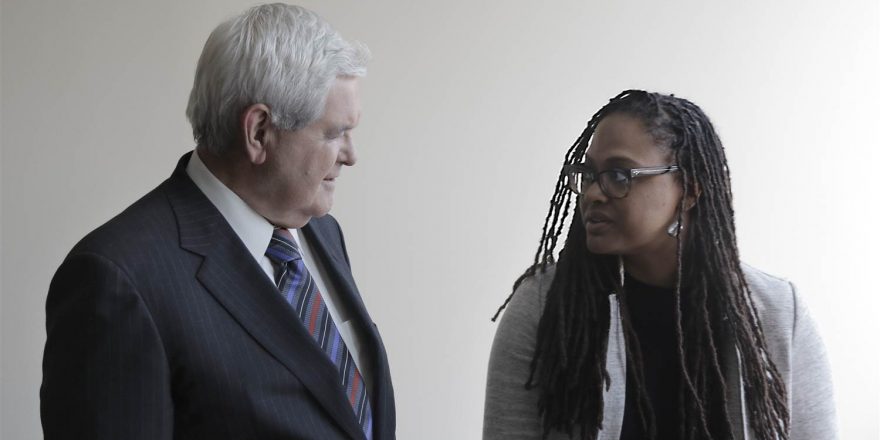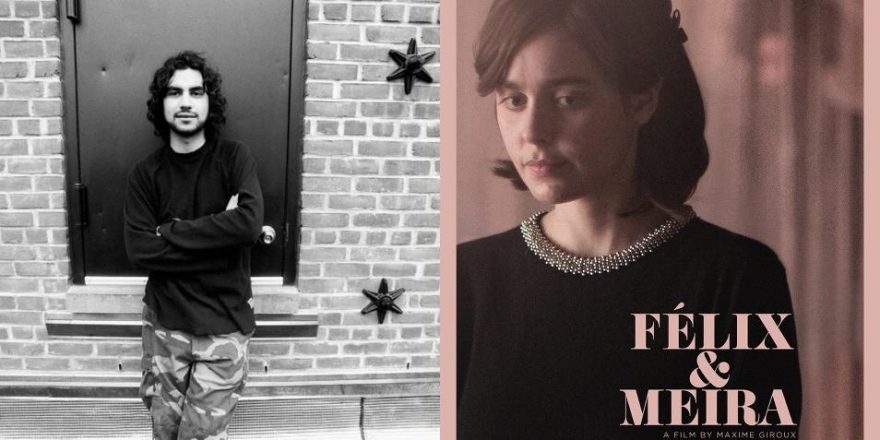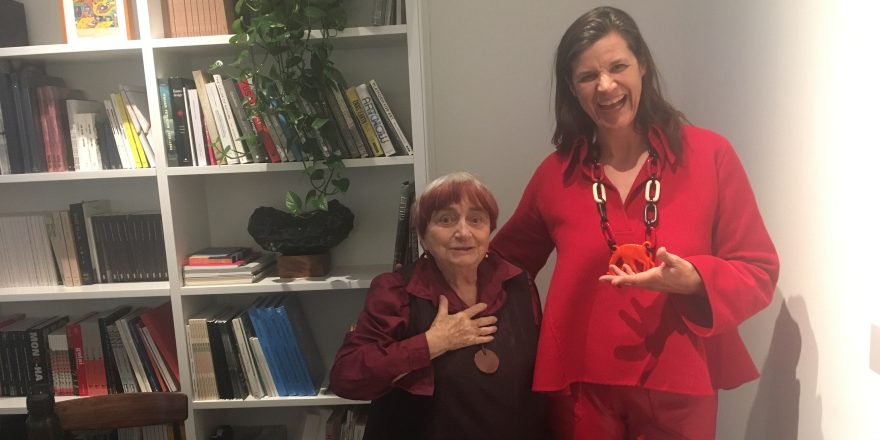After premiering in the documentary competition at Sundance in January, my film The New Radical opened this week in limited theatrical release. In the film, I embed myself with two “radicals” over the course of four years. One is Amir Taaki, a young Iranian Brit who was one of the original “founders” of Bitcoin and the co-creator of the Dark Wallet, a tool to encrypt Bitcoin transactions so that they may be untraceable. I filmed with Amir while he was under house arrest after returning from Syria, where he was fighting ISIS on the side of the Kurdish YPG. The other gentleman is Cody Wilson, a self-professed “21st Century gun runner of the internet” best known for 3D-printing the first gun and suing the State Department for infringing on his First Amendment rights to distribute the blueprints to said gun on the internet. I filmed with Cody from when he first released the Liberator gun files up until a month after Trump won the election. In total, I must have 10,000 hours of film of both men.
Additionally, I sought out contrasting points of view, and so filmed with the head of the cybercrime task force at the Department of Justice (currently investigating both Amir and Cody), an FBI agent, and multiple journalists, including the feminist tech writer Kashmir Hill (formerly at Fusion, now at Gizmodo). You will also hear the voice of the cop who was the first responder at Sandy Hook describing the carnage he is witnessing and you will see, for the first time in film history, images of students hobbling out of the Jonestown school shooting in Arkansas.
In essence, though, this film is Cody and Amir’s story. We follow them closely over the course of four years as their lives and viewpoints shift. We even get to learn about their backstories – how and where they grew up, and how and why they became radicals in the first place. The film is unique because it offers a fly-on-the-wall view of places few people can or ever will venture and in its sum it is a rare, honest portrait of the Millennial generation, warts and all.
In reviewing the film, Los Angeles Times critic Katie Walsh wrote, “Despite the controversial material, Lough resists guiding the viewer to a clear thesis — you’re never quite sure if the film is lionizing or demonizing these men, which is a specific choice on his part.”
Walsh is correct. The film never judges these men on their choices. She then goes on to write, “But if you have to wonder what the stance is, the film isn’t doing its job.” Here is where I have to pause and ask, is that the film’s job? To take a stance?
She continues: “With such a hands-off approach, this film offers judgment-free access to these discourses.” Correct again. My style, going back to my first documentary film The Carter (about the rapper Lil Wayne), has always been judgment-free. She ends her review with this bombshell thought: “Ultimately, it feels irresponsible to remain unwilling to take a stand on this extreme abstract rhetoric in support of an all too real and immediate threat.”
If you’re a young filmmaker reading this and you’re about to embark on a four-year journey knowing full well what your message is and clearly how you feel about your characters, stop now and find different work.Over the course of 14 years of filmmaking, I’ve had many, many negative reviews but this was the first that made me stop and think about my approach. As a filmmaker, am I required to take a stand against these young men? Worse, am I irresponsible because I didn’t?
I’ve always prided myself on remaining as objective as possible as a documentarian and presenting the facts in a clear and unbiased way free from political or emotional filter. My heroes were D.A. Pennebaker, Charlotte Zwerin and Albert Maysles, who I considered a mentor. I recognize their style of cinema would probably not fly in this current climate. One of the most influential films on my career (and a direct influence on The Carter) was Robert Frank’s Rolling Stones documentary Cocksucker Blues. Can you imagine how that movie would be met today with its unfiltered scenes of sexual impropriety and heroin use? The Stones would be crucified in public. Cocksucker Blues is a classic, yet that film also contains not a single voice taking a stand against the Stones’ behavior. No feminist commentary. No judgment whatsoever. Yet when you finish watching and reflect on it, you understand what happens in the movie is deeply troubling and morally dubious.
I also thought of an old documentary I recently re-watched, Black Panthers by legendary filmmaker Agnès Varda. The 1968 film, also known as Huey, was shot in Oakland, California, during the protests over Huey P. Newton‘s arrest for the murder of police officer John Frey in 1967. Much like Cody Wilson, Huey Newton was a well-known First and Second Amendment-defending radical on multiple government agencies’ watch lists. Varda’s film does not take a stand against the Black Panthers, who at the time were considered by the FBI to be “the greatest threat to the internal security of our country.” Varda’s film does not even allow for any voices other than the Black Panthers or Newton. The Black Panthers are given 100 percent judgment-free discourse in the film, espousing over and over again their Communist beliefs as well as the importance of black men and women carrying firearms to “police the police” in their community.
Now let me be clear here: this is the way I personally think a film should be. These are the types of films that I enjoy watching and that I enjoy making. I am not a fan of the Michael Moore takedown style of film or the recent “neo-essay documentary,” as typified most recently by the highly entertaining yet problematic What the Health. The more objective and neutral a filmmaker’s viewpoint, the more I feel the filmmaker is demonstrating respect for my intelligence and inspiring trust that they are not trying to manipulate me. If you’re a young filmmaker reading this and you’re about to embark on a four-year journey knowing full well what your message is and clearly how you feel about your characters, stop now and find different work. What’s most interesting about documentary filmmaking, and why I continue to pursue it despite the long hours and modest pay, is the constant feeling of discovery. I don’t know what I’m setting to find out and who I’m going meet. That sense of mystery and ambiguity is what keeps me going.
But let me play devil’s advocate here. After the journey is done, do I have an obligation in the edit room to take a stand? To slip my voiceover into the film and my opinion, similar to what Laura Poitras did in the recent Assange documentary Risk. (Note, I was not lucky enough to see Poitras’ first Cannes cut of Risk, sans her voiceover).
Speaking of Poitras, had I taken a clear stand on the side of Wilson and Taaki à la Citizenfour (in which Poitras not only took Snowden’s side but was complicit in his actions), would that have been OK or would I have been labeled even more irresponsible?
We live in polarized times. For the first time in my life, it feels like certain topics and subjects are forbidden. When I began this film, the zeitgeist was against these young radicals, especially Taaki. They were scrappy underdogs fighting the system with DIY tools … easy to root for. As the film ended, the impossible happened: Donald Trump won. Suddenly Wilson was no longer a radical or an underdog, he was part of the establishment. And perhaps this is what bothers people most about the film. Does this make him any less of a radical? Perhaps. But ultimately that’s what the film is about, defining what the new radical is.
Last week the New York Times piece “A Voice of Hate in America’s Heartland” was accused of “normalizing” a Nazi sympathizer and met with an outpouring of anger. Though I thought the article was a little slapdash and could have benefited from more research, I found its casual approach unique and it reminded me of a Michael Haneke film with its creepily mundane portrait of something so obviously disturbing. The internet wholeheartedly disagreed with me. Was this article’s “job” to take down the Nazi sympathizer? I don’t personally think so, and I am a person of color and son of an immigrant. Regardless, directly because of the article, the Nazi sympathizer, his wife and brother-in-law were all fired from their jobs and now have to flee their hometown for their own safety. So the public reacted and karma took care of business, as it ultimately always does. Maybe our lack of faith and the fact that we’re all still reeling from Trump has left us forcing writers and artists to “take a clear stand” on every single issue that is even remotely controversial. We’re collectively unsure everything is going to be all right. Let me assure you: everything is going to be all right.
Wilson’s development from radical anarchist gun-runner to a more traditionally conservative small-business owner flirting with the alt-right movement at the very end of our filming threw me for a loop. Truth be told, although I ultimately have more faith in this Millennial generation than I ever did before, I’m as confused by these guys as the viewer of the film may be. So is it unethical to force the viewer to take that ambiguous ride with me and form their own opinions at the end of it? In a political climate where freedom of speech is under threat, in an atmosphere where making a film on a certain topic is perceived as an endorsement of said topic, it’s more important than ever for the documentary film community to support filmmakers who strive to remain objective. Paraphrasing a John Milton quote from The New Radical, if we inhibit these voices from being heard, we prevent future generations from forming a full and complete understanding of the truth.


